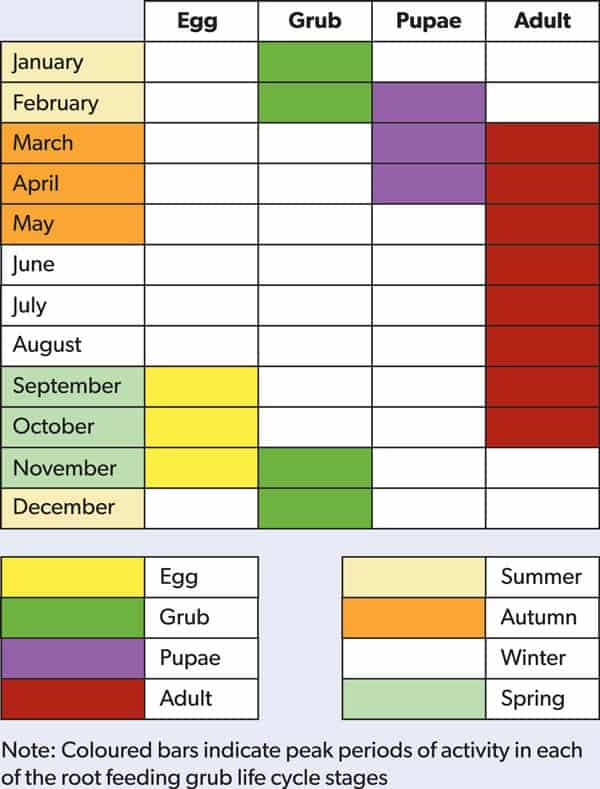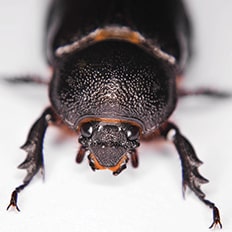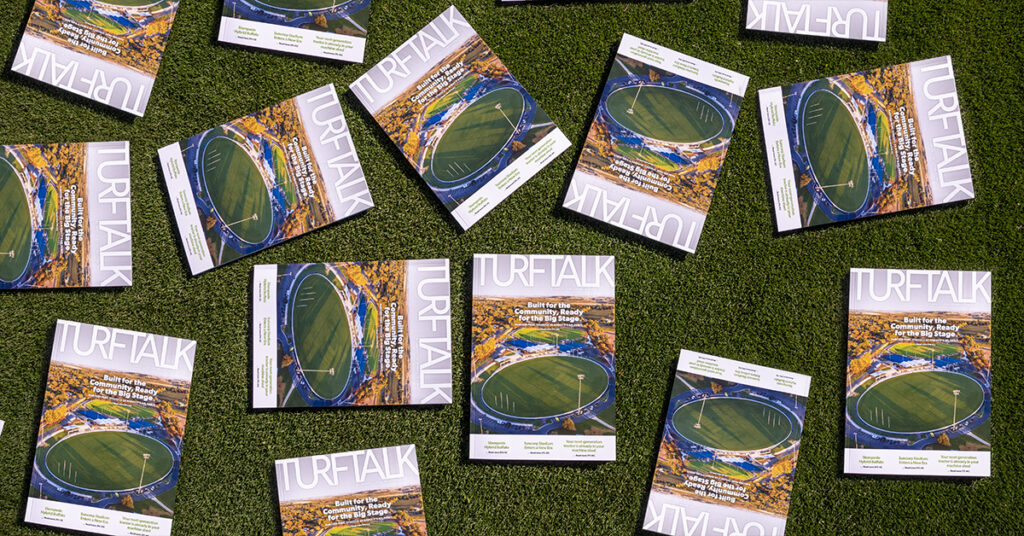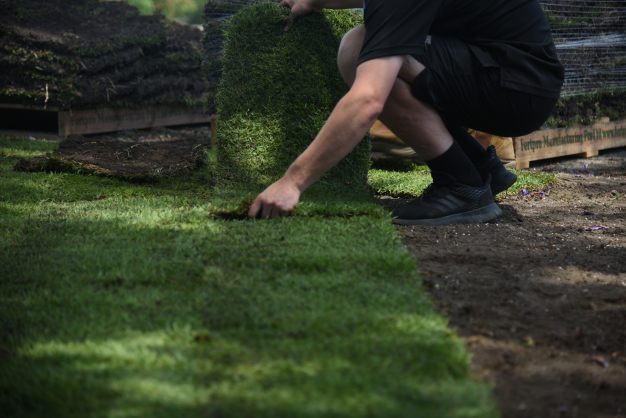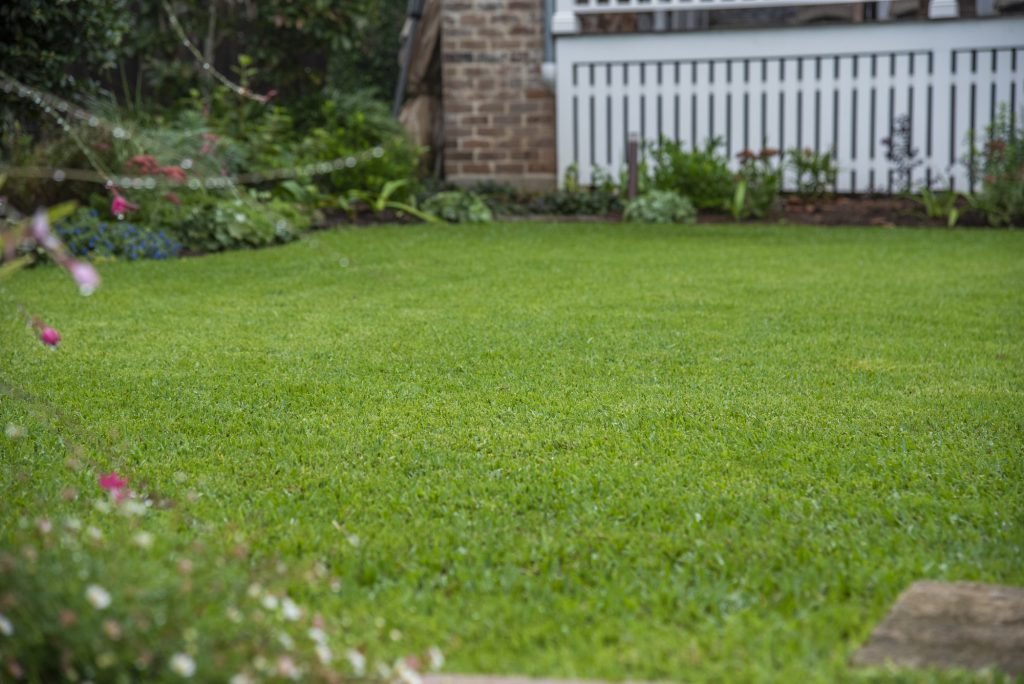What is nesting under my winter lawn?
Beetles are semi dormant in your soil in winter, just like our winter lawn. The damage to your lawn generally won’t occur this time of year, but it is important to understand their life-cycle and signs of infestation. That will allow you take prompt action when they become active. Being aware of what’s under the soil will keep you one step ahead of the game and better equipped to deal with these uninvited guests.
Root feeding grubs are sometimes known as white curl grub, scarab beetle larvae, lawn beetle larvae or cockchafer. These are the common names for the juvenile stage of lawn beetle that feed on the lawn roots. White curl grub, however, is sometimes incorrectly referred to as a ‘witchetty grub’.
To best understand how to control and prevent root feeding lawn grubs it is best to chart their life-cycle. This is explained below.
These beetles – adult lawn grub – feed on the roots and can be a serious problem for some lawns. Cool season varieties like Fescue and warm season varieties like Kikuyu and couch can experience major damage from a nasty infestation, but they are not usually an issue for buffalo varieties. Stressed, under-nourished lawns are also particularly prone to damage.
Adult beetles are black and shiny, about 15mm long with brown serrated legs. The eggs are laid in spring and early summer, developing into larvae that then feed on the roots. The pupal stage causes no damage, but the emerging grubs in late spring/early summer do. The beetles are dormant or semi dormant in winter.
A small infestation of black beetle can provide benefits to some lawns. For instance, in buffalo grass varieties they help the soil with tunneling activity and stimulating new root growth. That said, if you see damage, it’s best to send them packing. Most of these bugs infestations can be treated with Lawn Solutions Australia’s Grub Guard

